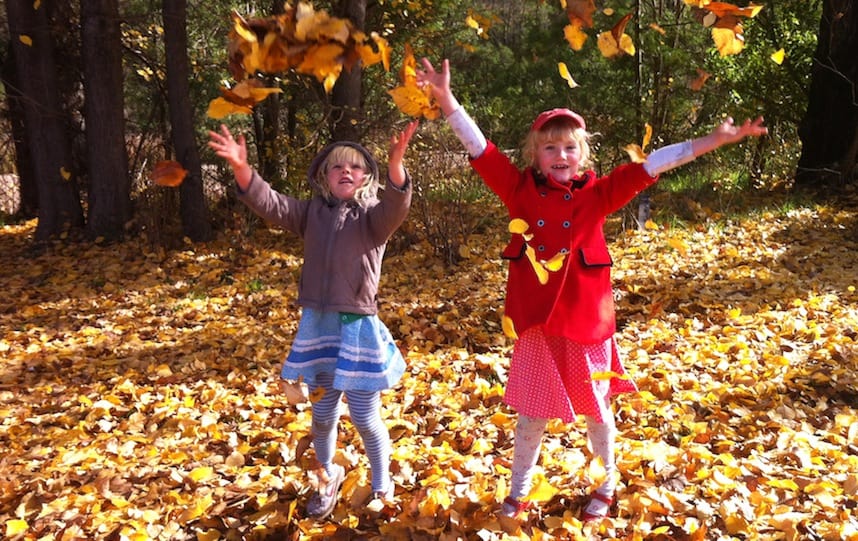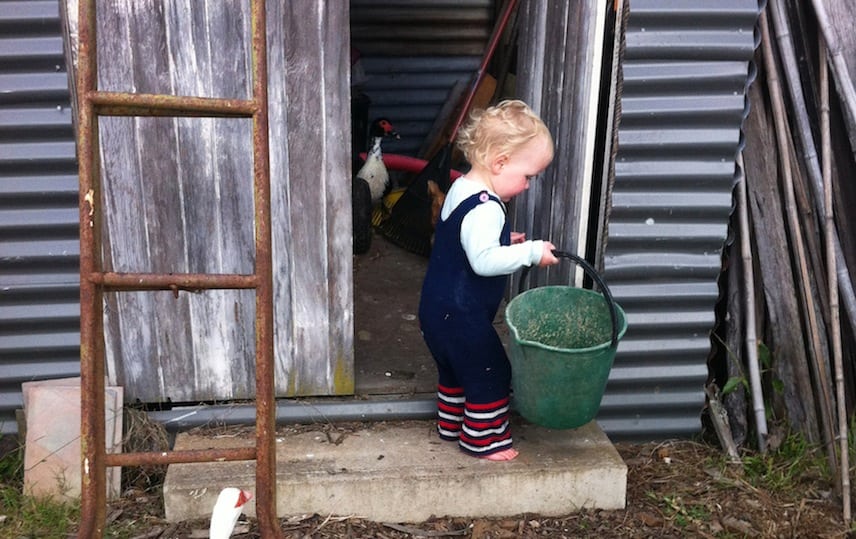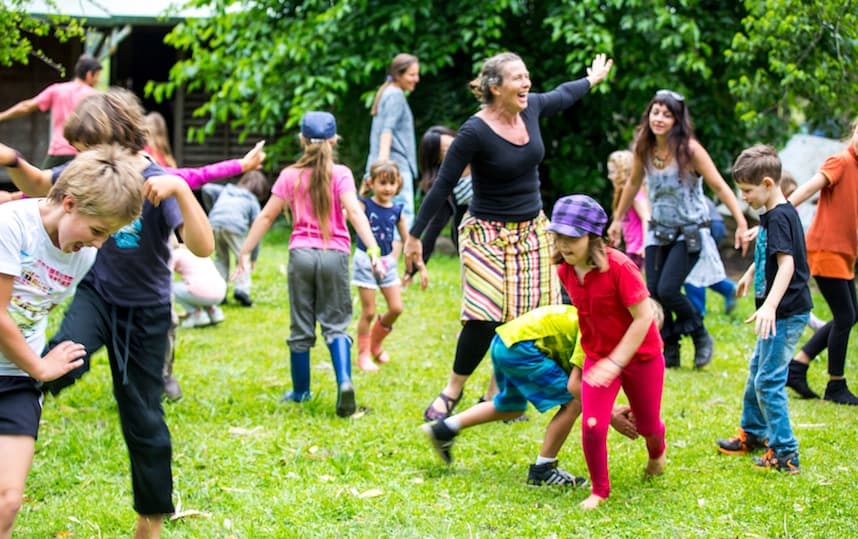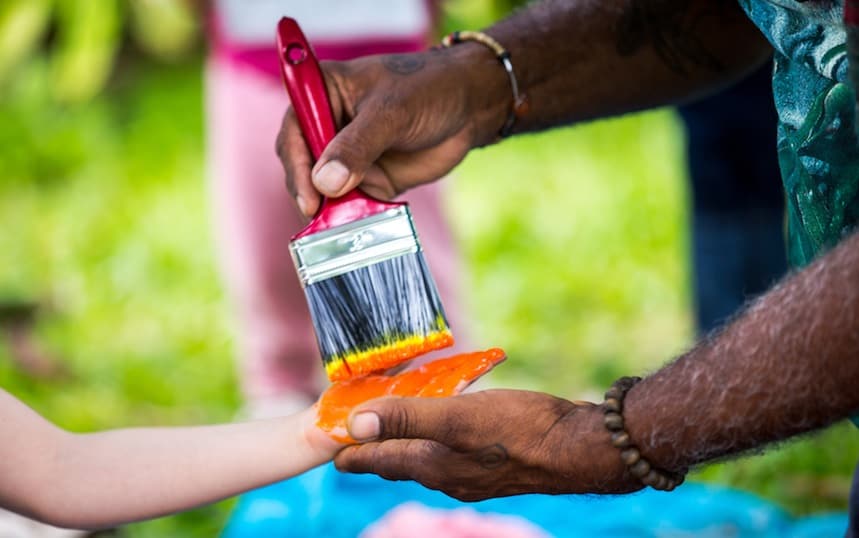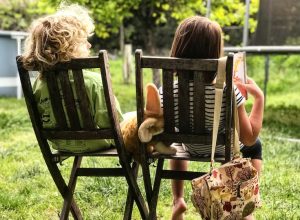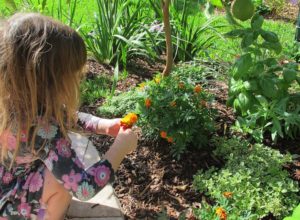In just one generation there has been a huge shift in how children play, and we are now observing the devastating impacts nature deficit disorder is having on children’s health.
There is something so absolutely delightful about seeing children play outside in nature, creating worlds and games together, using just the things they can find around them – branches, sticks, feathers, rocks, water – and being totally enthralled for hours.
Research shows that this type of free play in nature is an immensely healthy activity – essential for children’s wellbeing and happiness. It helps them to develop the social, emotional and physical capacity and resilience that will serve them well as they become teenagers and adults.
The fallout from nature deficit disorder
Getting outside and playing in nature all seems simple enough, right? Common sense? If we’re old enough, many of us will remember when outdoor play was the norm. We have wanted this for our own children.
Unfortunately, unstructured outdoor play, particularly in nature, is sadly an endangered activity according to Australia’s Planet Ark.
Despite living in mainly outdoors-oriented communities Australian children now spend much of their play time indoors, and Australian Bureau of Statistics figures put the average screen time (watching television and playing computer games) at over 20 hours each week, higher if time spent staring at handheld devices is included.
According to Planet Ark’s research, a generation ago 75 per cent of children played outside every day, and now only one in three do. A tenth of children only play outside once each week; and nearly one in four parents say that their children have never climbed a tree. Screen time has taken over childhood outdoor playtime. And safety concerns and time-poor parents haven’t helped.
In just one generation there has been a huge shift in how children play, and we are now observing the devastating impacts nature deficit disorder is having on children’s health, such as the rise in obesity, attention disorders and depression.
What is nature deficit disorder?
When American social commentator Richard Louv identified the phenomenon and coined the term ‘nature-deficit disorder’, it made sense: we all knew it existed, but someone had clearly articulated it.
Since his 2005 book Last Child in the Woods, a reawakening has taken place: public policy is changing, nature play organisations have blossomed, and the ‘children and nature movement’ has been launched.
Although this isn’t actually a medical condition, some paediatricians prescribe nature to heal physical and psychological issues faced by children, and planners are considering how to create more nature-rich neighbourhoods.
The importance of eco-literacy
With all that is happening in the world today, educating for sustainability has never been so important. We need children to develop wonder about and love for the natural world, and to gain understanding and skills to create resilient communities. We need to refocus education to value ecological intelligence.
Ecological intelligence is the understanding of the web of life, the impacts our lifestyles have on it and how to live sustainably. Eco-literacy is the way to reach this understanding while engaging our heads, hearts and hands.
Kids in nature
Inspired to integrate eco-literacy thinking both as an educator and as a parent, I began creating new programs that weave eco-literacy and permaculture together in the context of a sustainable living immersion experience at Crystal Waters ecovillage, where I live.
Of course you don’t need an ecovillage to connect with nature – it’s all around you. Children are naturally in awe of nature and, if left to their own devices, will create amazing games.
However, it’s sometimes necessary to provide a little encouragement, and for unplugging to take place; and perhaps to allow some greater freedom to explore, and to let go of some of your own parental fears.
Modelling is a key factor: if parents and educators don’t prioritise or value nature time, neither will our children. Parents need to model unplugging from screen time too: putting phones away, closing the laptop and going out into nature with the children.
Morag Gamble, of Permaculture Education Institute and Ethos Foundation, is a speaker and writer, and has been designing and teaching innovative eco-literacy and sustainable living programs for over two decades. She has a Master of Environmental Education, and weaves permaculture into all that she does.

